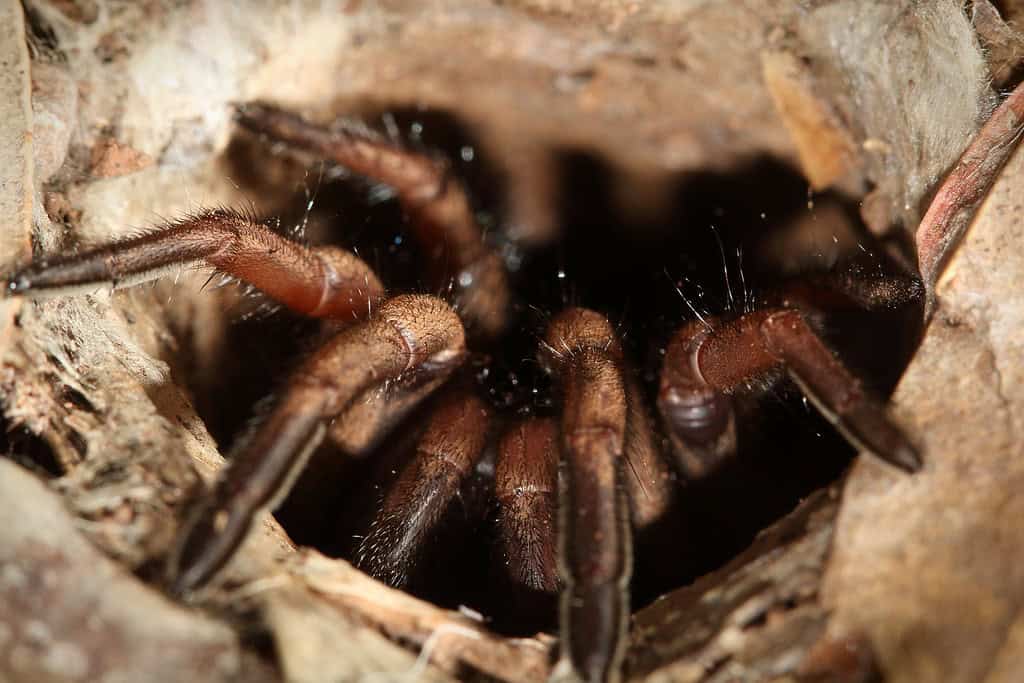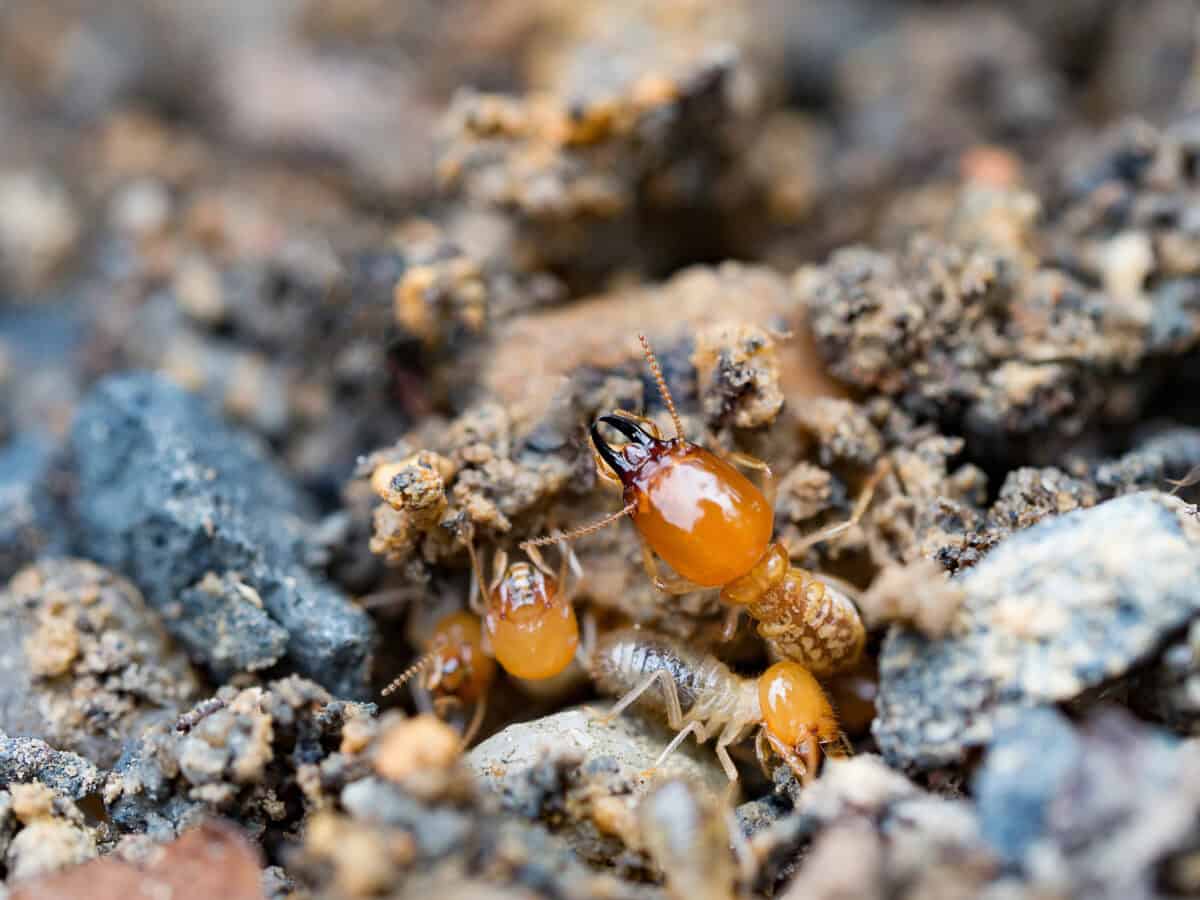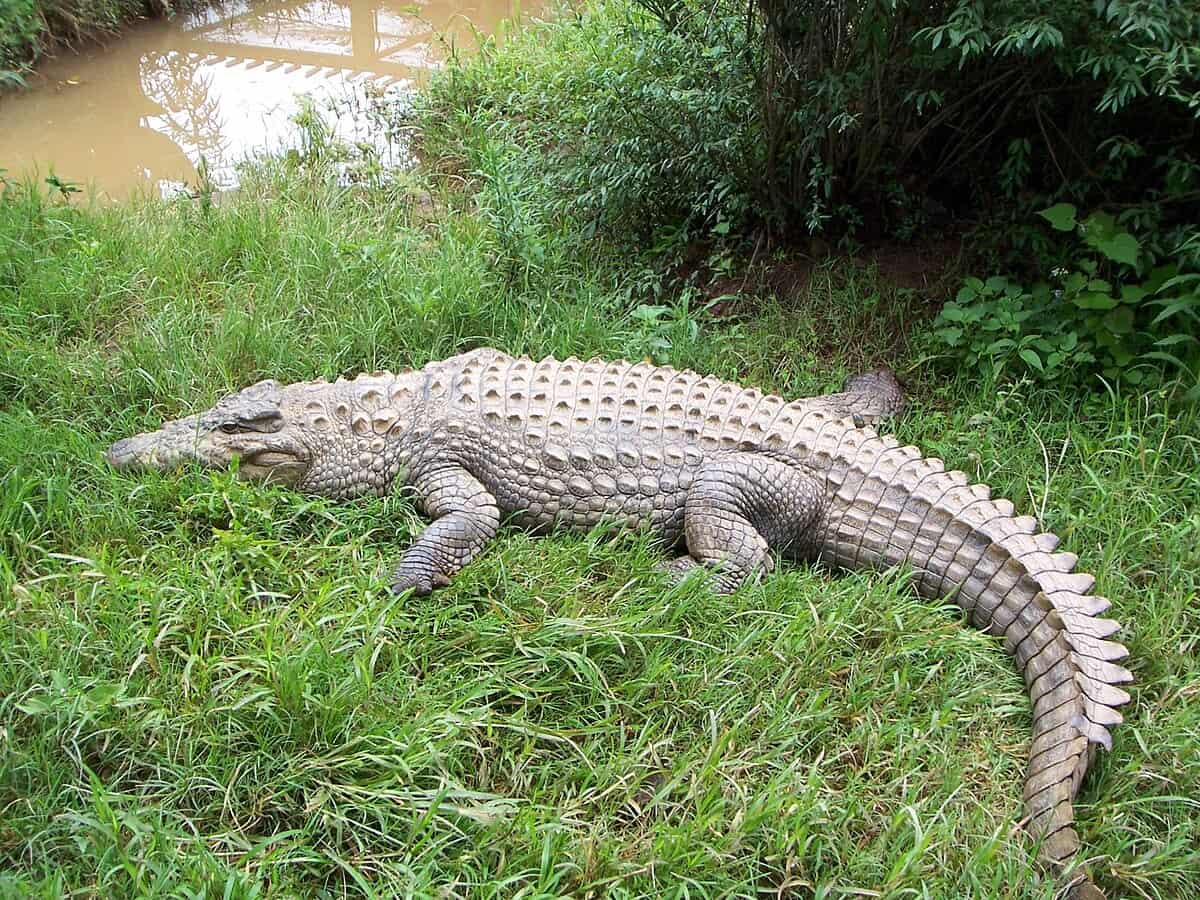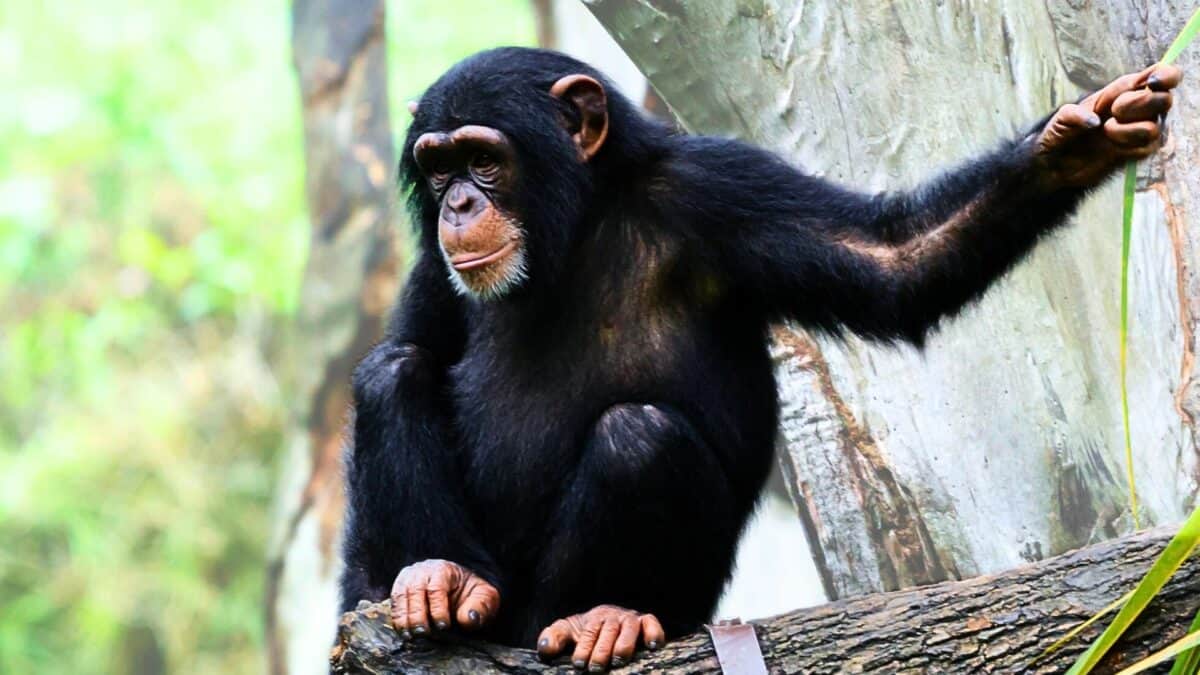In the animal kingdom, architectural marvels exist that often surpass human engineering in efficiency, sustainability, and adaptation to environmental challenges. While humans build impressive structures with advanced tools and technology, many wild animals construct homes using only their bodies and instincts, creating dwellings that can withstand extreme weather, predator attacks, and last for generations. These natural builders have perfected their techniques over millions of years of evolution, resulting in structures that are often more sustainable and environmentally integrated than our concrete cities. Let’s explore twelve remarkable wild animal architects whose building skills might just put human construction to shame.
12. Beavers Nature’s Dam Engineers

Beavers stand as perhaps the most famous animal architects, creating elaborate dams that transform entire ecosystems. Using nothing but their powerful teeth, strong jaws, and remarkable work ethic, these semi-aquatic rodents fell trees many times their size and construct dams that can span over 1,500 feet in length. The record-holder, discovered in Alberta, Canada’s Wood Buffalo National Park, measures an astonishing 2,790 feet—visible from space via satellite imagery. Beaver dams create deep ponds that protect their underwater lodge entrances from predators while forming wetland habitats that benefit countless other species. Unlike many human dams that disrupt ecosystems, beaver dams enhance biodiversity, filter pollutants from water, reduce downstream flooding, and retain water during droughts. Perhaps most impressively, these structures can last for decades or even centuries with regular maintenance, all built without blueprints, tools, or formal training.
11. Termites Skyscraper Builders of the Savanna

If humans were proportionally as ambitious as termites in their architectural endeavors, our skyscrapers would reach miles into the sky. Certain species of termites construct massive mounds that can tower 30 feet high—equivalent to a human building a structure over a mile tall. These remarkable insect architects create intricate internal chambers, tunnels, and ventilation systems that maintain precise temperature and humidity levels regardless of external conditions. The Macrotermes genus builds structures with sophisticated passive air conditioning systems that maintain internal temperatures within one degree Celsius year-round, despite external temperatures fluctuating between freezing at night and scorching during the day. The mounds’ complex ventilation design creates convection currents that cycle air throughout the structure without any mechanical parts or energy consumption—a feat many modern human architects strive to achieve. Perhaps most impressive is that these structures are built grain by grain through the coordinated efforts of millions of tiny insects, with some mounds standing for over 50 years while housing multiple generations of colonies.
10. Sociable Weavers Communal Apartment Complexes

In the arid regions of southern Africa, sociable weavers create the largest communal bird nests on Earth—massive structures that can house over 100 breeding pairs and remain in continuous use for over a century. These remarkable constructions often engulf entire trees with their weight, sometimes reaching over 2,000 pounds and spanning 20 feet in diameter. Unlike human apartment buildings that require constant maintenance and energy inputs for climate control, these feathered architects build nests with natural temperature regulation. The thick thatched roof maintains cool internal chambers during scorching desert days while providing insulation during cold nights, with temperature variations of up to 25°C between the outside and inside of the nest. The complex structure includes multiple chambers with different functional zones: outer areas for younger males serve as protection against predators, while inner chambers house breeding pairs and their offspring. Some colonies have continuously occupied and expanded the same nest for generations, creating structures that outlast most modern human buildings without requiring external energy sources, artificial materials, or regular rebuilding.
9. Trapdoor Spiders Masters of Camouflaged Security

Trapdoor spiders demonstrate architectural ingenuity that would impress any human security specialist. These arachnids excavate vertical burrows into soil, sometimes reaching 12 inches deep, then craft a perfectly camouflaged door from soil, vegetation, and silk that blends seamlessly with the surrounding environment. This hinged trapdoor, attached with silk threads that function as both hinge and alarm system, demonstrates material science principles humans have only recently begun to replicate. The spider lines its burrow with silk to prevent collapse and create a waterproof barrier against flooding—a challenge many human basements fail to address effectively. When prey triggers the triplines extending from the entrance, the spider detects the vibrations, bursts from its hidden door, and captures its meal before retreating to safety. These sophisticated homes provide protection from predators, environmental extremes, and serve as efficient hunting platforms. Most remarkably, these structures require minimal maintenance, use entirely local and sustainable materials, and can last the spider’s entire lifetime—sometimes exceeding 20 years in certain species. Human homebuilders still struggle to create dwellings with such effective camouflage, sustainability, and longevity using only local materials.
8. Prairie Dogs Underground City Planners

Prairie dogs have perfected the art of underground urban planning, creating vast subterranean colonies called “towns” that can span hundreds of acres and house thousands of individuals. The largest documented prairie dog town in history covered approximately 25,000 square miles and contained an estimated 400 million prairie dogs—a scale of cooperation that makes human cities seem modest by comparison. These colonial rodents excavate elaborate tunnel systems with specialized chambers for sleeping, raising young, storing food, and even designated toilet areas—demonstrating hygienic awareness many early human settlements lacked. Their engineering prowess includes constructing elevated entrance mounds that prevent flooding during rainstorms and incorporating complex ventilation tunnels that maintain air quality and temperature regulation throughout the colony. Each family unit maintains its own territory within the larger community structure, complete with multiple escape tunnels for predator evasion. Prairie dog towns feature distinct “neighborhoods” connected by runways and communication posts, creating a sophisticated social infrastructure. Perhaps most impressive is their sustainable approach—these underground cities can be continuously inhabited for over a century with minimal environmental impact, utilizing no external resources beyond the earth itself.
7. Caddisfly Larvae Underwater Architects

Caddisfly larvae demonstrate extraordinary ingenuity by constructing portable protective cases that serve as both home and armor using materials found on the riverbed. These underwater architects select specific building materials based on their environment—including sand grains, tiny pebbles, plant fragments, and even small shells—binding them together with silk produced from specialized glands. The resulting structures vary tremendously between species, with some creating spiral-shaped cases, others building log-cabin arrangements, and some fashioning cone-shaped mobile homes. These protective cases serve multiple functions: providing camouflage from predators, physical protection from currents and larger animals, and increasing oxygen flow around the larva’s gills through their design. Most remarkably, if the case is damaged or becomes too small as the larva grows, they can repair or expand their home, or even build an entirely new structure—adaptability many human constructions lack. The engineering principles demonstrated by these tiny builders have inspired human researchers in materials science and bioengineering. Artist Hubert Duprat even conducted experiments providing caddisfly larvae with gold flakes, turquoise and pearls, resulting in the insects creating miniature jeweled cases—demonstrating their remarkable adaptability and precision in working with various materials.
6. Bowerbirds Aesthetic Architects and Decorators

Male bowerbirds are perhaps the only non-human animals that build purely for aesthetic purposes, creating elaborate structures solely to attract mates rather than for shelter or protection. These avian artists construct intricate bowers—avenue-like structures made from carefully arranged twigs, grass, and moss—then decorate them with meticulously curated collections of colorful objects. The great bowerbird creates optical illusions by arranging items from smallest to largest, creating forced perspective that makes the bird appear larger to females viewing from the entrance. Satin bowerbirds demonstrate color preference by collecting blue objects including berries, feathers, flowers, and even human-made items like bottle caps and clothespins. The archway structures can reach two feet tall and extend several feet across, representing weeks or months of constant construction and maintenance. Different bowerbird species have evolved distinct architectural styles—some building avenue-like corridors, others creating maypole structures decorated with hanging ornaments, and some crafting hut-like pavilions. These constructions represent an understanding of aesthetics, symmetry, and even principles of art and design that was long considered uniquely human. Most impressively, this knowledge is partially instinctual but also learned through observation of other successful males, representing a form of cultural transmission of architectural knowledge rarely documented in non-human species.
5. Compass Termites Climate-Responsive Architects

Compass termites of northern Australia construct wedge-shaped mounds that demonstrate advanced understanding of solar orientation and climate response—architectural principles human builders have only recently begun to prioritize. These remarkable structures, which can reach nine feet tall, are precisely aligned on a north-south axis, creating a thin ridge that faces east-west. This specific orientation minimizes solar heat gain during the hottest parts of the day while maximizing warming during cooler mornings and evenings. The mounds contain sophisticated ventilation systems that draw cool air from underground chambers and vent hot air through narrow channels near the top, creating natural convection currents that regulate internal temperature and humidity without any mechanical systems. These termite architects continuously modify their structures in response to changing environmental conditions, thickening walls during rainy seasons and repairing damage immediately. The buildings demonstrate passive solar design principles, thermal mass utilization, and natural ventilation that modern “green” human architecture strives to incorporate. Most impressively, these structures achieve near-perfect climate control with zero energy input beyond the initial construction, maintaining optimal living conditions in one of Earth’s harshest environments using only locally available materials.
4. Ovenbirds Clay Pottery Nest Builders

Rufous horneros, commonly called ovenbirds, create some of the most sophisticated bird nests in the world, constructing dome-shaped clay structures that resemble primitive pottery or old-fashioned bread ovens (which inspired their name). These South American architects collect mud and mix it with plant fibers and occasionally animal hair to create a natural concrete-like building material with superior tensile strength. The mated pair works together, forming thousands of pellets to construct their home over one to two weeks. The completed structure features thick, durable walls up to two inches thick and weighs between 8-11 pounds. Most impressively, the nest includes a curved entrance tunnel that provides protection from predators and weather while maintaining adequate interior ventilation. This curved entrance creates a security vestibule similar to those found in high-security human buildings, preventing direct access to the nesting chamber. The completed clay home hardens to a ceramic-like consistency in the sun, creating a structure that can withstand heavy rainfall, high winds, and even resist predator attacks from much larger animals. These remarkable nests can last for years, even outlasting the breeding season, and represent sophisticated understanding of materials engineering and security design using only natural resources and the birds’ own bodies as construction tools.
3. Chimpanzees: Customized Sleeping Platforms

Our closest living relatives, chimpanzees, demonstrate architectural sophistication by building new customized sleeping nests each night, constructing over 19,000 such structures during their lifetime. These arboreal beds are not simple arrangements of branches but rather carefully engineered platforms created through a multi-step construction process. Chimpanzees first select a suitable location based on factors including tree species, branch stability, predator avoidance, and even social dynamics within their community. They then bend, weave and interlock branches to create a sturdy foundation, followed by adding smaller branches for structural reinforcement. The final stage involves lining the nest with leafy twigs and soft vegetation to create a comfortable sleeping surface. Research has shown that these nests include structural features like a rim around the edge to prevent falling during sleep and a springy foundation that improves comfort and reduces pressure points—design considerations similar to human furniture engineering. Most impressively, young chimpanzees learn nest-building techniques through observation and practice, with regional variations in construction styles representing a form of cultural transmission of architectural knowledge. These nests demonstrate tool use, planning, and comfort engineering without any external tools beyond what the forest provides.
2. Harvest Mice Woven Sphere Specialists

Harvest mice create architectural marvels in miniature, weaving perfectly spherical nests suspended among tall grasses and reeds that demonstrate principles of tensile engineering that would impress human architects. These tiny rodents, weighing less than 7 grams, split grass blades lengthwise using their teeth to create more flexible building strips, then weave these materials into a hollow sphere approximately the size of a tennis ball. The completed nest features an outer structural layer of interwoven living grass blades that remain attached to the plant, providing both structural support and continuous fresh materials that grow with the nest. Inside this framework, the mouse creates a soft inner chamber lined with chewed plant fibers for insulation. The spherical design provides optimal structural strength while minimizing material use—a principle employed in high-end human architecture from geodesic domes to tensile structures. These suspended homes sway with the grasses during winds rather than resisting them, demonstrating passive adaptation to environmental forces rather than rigid opposition. Most remarkably, female harvest mice construct their breeding nests 20-80 centimeters above ground, creating a suspended nursery safe from ground predators that can house up to eight young, all while maintaining their diminutive ecosystem footprint and using only renewable, living materials.
1. Mound-Building Crocodiles Reptilian Incubator Engineers

Female Nile crocodiles and their American alligator cousins demonstrate sophisticated engineering in reproductive architecture, creating carefully designed nest mounds that serve as natural incubators with precise temperature regulation capabilities. These reptilian builders select specific locations based on factors including soil composition, sun exposure, and flooding risk, then excavate and pile vegetation and mud into mounds up to six feet wide and three feet tall. The structure’s design harnesses decomposition of organic materials to generate heat while the mother carefully adjusts the thickness of the layers to maintain temperatures within the critical range of 31-33°C (88-91°F). This temperature regulation is crucial, as it determines the sex of the offspring—higher temperatures produce males, while lower temperatures result in females. The mother remains near the nest throughout the 90-day incubation period, protecting it from predators and even assisting hatching by responding to vocalizations from within the eggs. Most impressively, these ancient architects have been using this sustainable incubation system for millions of years, creating self-heating structures that maintain precise temperature ranges without any external energy input beyond the initial vegetation collected. This demonstrates thermal engineering principles that human incubator technology has only relatively recently been able to replicate with electronic monitoring and control systems.
Conclusion: What We Can Learn from Animal Architects

The remarkable building capabilities of these twelve animal species remind us that architectural brilliance isn’t exclusive to humans, despite our advanced tools and technologies. These natural builders create structures that are perfectly adapted to their environments, using sustainable, locally-sourced materials and passive design principles that human architects increasingly strive to incorporate into modern construction. From the temperature-regulating termite mounds to the flood-resistant prairie dog towns, these animal homes demonstrate solutions to engineering challenges that we continue to face in our own buildings. Perhaps most humbling is the fact that these structures are created without formal education, written plans, or complex tools—relying instead on instinct refined through millions of years of evolutionary adaptation. As we face increasing challenges of climate change, resource depletion, and environmental impact, these animal architects offer valuable lessons in sustainability, efficiency, and working within natural systems rather than against them. By studying and appreciating these remarkable builders, we might just improve our own architectural practices while developing greater respect for the ingenuity that exists throughout the natural world.

